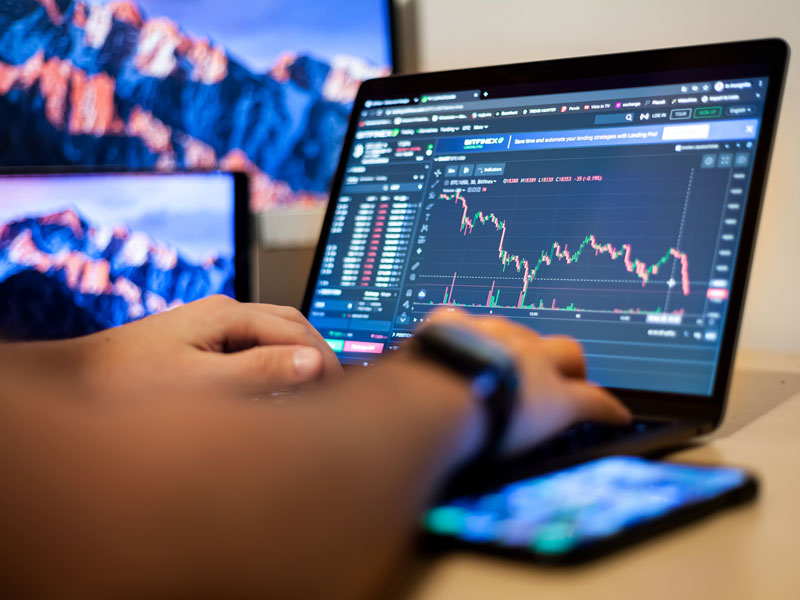
The Ultimate Guide to Opening a Forex Trading Account
Opening a forex trading account is a crucial step for anyone looking to engage in the exciting world of currency trading. Whether you are a seasoned investor or a newcomer, understanding the process can greatly influence your trading journey. In this guide, we will explore the steps involved in opening a forex trading account, the vital considerations to keep in mind, and resources that can help you make informed decisions. You may also want to explore forex trading account opening Thai Trading Platforms to find the best options available in the market.
Understanding Forex Trading Accounts
Forex trading accounts are specialized accounts that enable traders to buy and sell currency pairs on the foreign exchange market. These accounts come in different types, catering to varying levels of trading experience and investment strategies. Before you dive into opening an account, it’s essential to understand the different types available:
- Standard Accounts: Most commonly used, ideal for experienced traders with a higher amount of capital.
- Mini Accounts: Designed for beginners, these accounts require a smaller minimum deposit.
- Micro Accounts: For those who want to trade smaller amounts, allowing for lower risk.
- Managed Accounts: Professional management of your funds; suitable for traders preferring a hands-off approach.

Steps to Open a Forex Trading Account
Now that you have a grasp of the types of accounts, let’s go through the steps involved in opening a forex trading account:
1. Research Brokers
Choosing a reputable broker is your first step. Look for brokers that are regulated, have a good track record, offer competitive spreads, and provide a user-friendly trading platform. It’s wise to read reviews and conduct comparisons, as different brokers have unique offerings.
2. Visit the Broker’s Website
Once you’ve identified a broker that fits your needs, head to their website. Most brokers have a straightforward process for account opening. Look for a ‘Sign Up’ or ‘Open an Account’ button on their homepage.
3. Fill Out the Application Form

The registration process typically requires you to fill out an application form. This will include personal information like your name, address, date of birth, and phone number. You will also need to provide financial information, which may include your employment status, annual income, and trading experience.
4. Provide Identification Documents
To comply with regulatory requirements, you will need to upload identification documents. Usually, this includes a government-issued ID, such as a passport or driver’s license, and proof of address, like a utility bill or bank statement.
5. Agree to Terms and Conditions
Once you’ve filled out your application and uploaded the necessary documents, you will be required to read and agree to the broker’s terms and conditions. Be sure to review these carefully, as they contain important information about fees, policies, and your rights as a trader.
6. Fund Your Account
After your application is approved, the next step is funding your account. Most brokers offer various deposit methods such as bank transfer, credit card, e-wallets, and more. Choose a method that is convenient for you and consider potential fees associated with each option.
7. Start Trading
Once your account is funded, you’re ready to start trading! Many brokers provide a demo account as well, which allows you to practice trading with virtual money before diving into real trading. This can be an excellent way to familiarize yourself with the trading platform and practices without the financial risk.
Important Considerations When Opening an Account
While the steps to open a forex trading account may seem straightforward, there are several essential factors to consider:
- Regulation: Ensure that the broker is regulated by a reputable authority, which adds a layer of security to your trading experience.
- Trading Platform: The platform’s usability can significantly affect your trading; choose one that is intuitive and meets your trading needs.
- Costs and Fees: Be aware of spreads, commissions, or any other fees that may apply during trading.
- Customer Support: Access to reliable customer service can be invaluable, so explore the support options available.
- Educational Resources: If you are new to forex trading, consider brokers that offer educational resources and tools to help you improve your skills.
Conclusion
Opening a forex trading account is an essential step for aspiring traders. With thorough research and careful consideration of your options, you can find a broker that aligns with your trading goals. Always remember to stay informed, continuously educate yourself, and practice risk management in your trading endeavors. Good luck on your trading journey!

